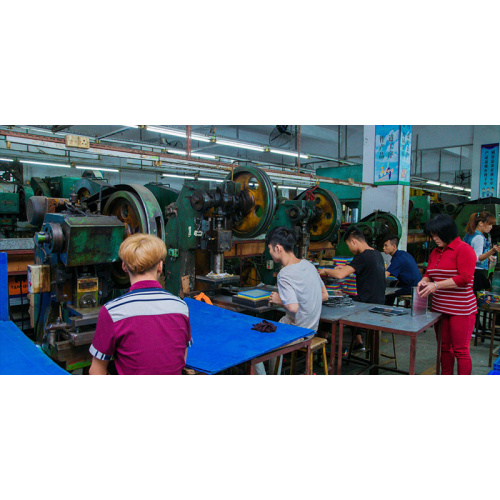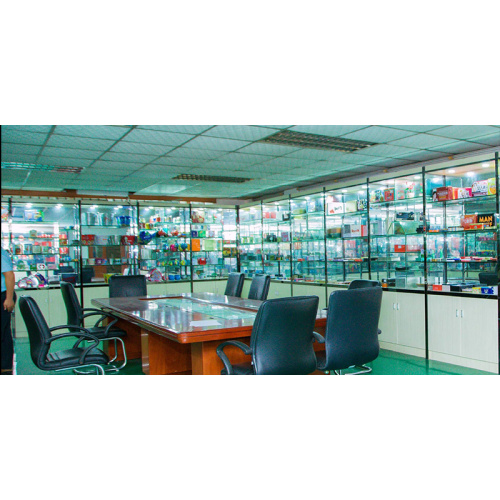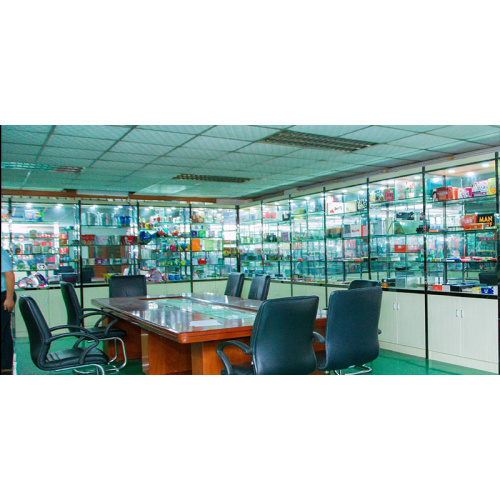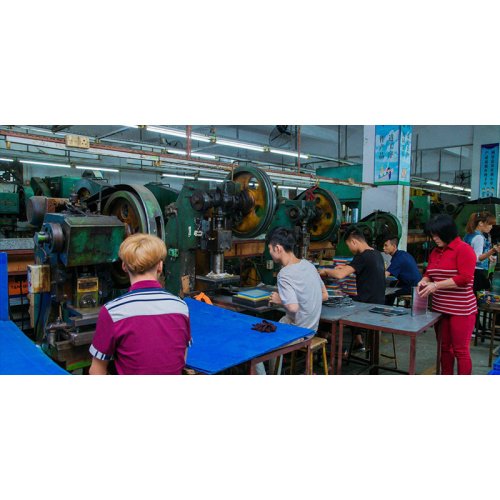Agere Systems announced that its engineers have found a new combination of semiconductor Packaging materials that will enable the semiconductor industry to successfully implement lead-free packaging. This method is said to remove lead during the packaging process and eliminate potential defects in the introduction of lead-free packaged products.
Although the European Union has forced the use of lead-free semiconductor packages for only one year, this limit will be extended to every semiconductor package worldwide, which will affect tens of thousands of semiconductor industries with a total market capitalization of 166 billion U.S. dollars. Billion chips. Every electronics manufacturer that manufactures or uses chips is trying to find the right combination of materials to sell its products to Europe and other countries that have similar laws.
Agere Systems stated that, like most manufacturers in the industry, Agere Systems is committed to researching the right combination of packaging materials and hopes to create a reliable lead-free product. Agere's discovery was mainly due to the fact that it fully considered the needs of its customers when assessing product quality before shipment.
At present, most chip packages cover copper metal with a layer of tin and lead. When the packaging industry shifts to lead-free packages, many packages will only have a layer of tin on the copper surface and are produced by electronics manufacturers at temperatures far higher than the melting point of the lead material inside the package. The Agere system's research shows that tin-on-copper Packaging Can be tested with many of the industry standards developed for leaded components today. However, when using these components from the customer's point of view, Agere Systems found that when tin-coated packages were used for mass production of copper, “tin whiskers” were formed, resulting in electronic short-circuits or disconnections, and other system errors.
The JEDEC Solid State Technology Association's three tests plus the technical guidelines of the National Electronics Manufacturing Initiative (MEMI) can filter out tin whiskers more efficiently. Two of the three tests showed no obvious difference between the two matte-tin and nickel undercoated matte-tin combinations on copper. . Agere's third test result shows that adding a layer of nickel between the copper and tin layers will produce a significant improvement in the customer's actual production environment.
Tin whisker problem
Agere Systems used different tin plating processes to evaluate multiple semiconductor packaging technologies when producing lead-free packages. Agere's system found that when tin was used instead of lead as a metal plating material, it would grow into a “tin whisker” on semiconductor packages after a lead-free assembly process. As tin whiskers are long enough to cause short circuits and cause malfunctions in electronic systems, they evolve into a serious problem. To solve this problem, Agere Systems added a layer of nickel between the layers of tin and copper components and found that it could inhibit the growth of tin whiskers.
Dr. Melissa Grupen-Shemansky, director of Agere's System Packaging and Interconnect Technologies Division, said: “We released this discovery in hopes that the semiconductor industry can learn from our approach to avoid problems encountered when using copper and tin Metal Packaging technology. We have used scientific methods to test a variety of options over a long period of time and found that the Agere system's tin-nickel-copper combination can solve the whisker problem that occurs in high temperature, high humidity storage environments."
The NEMI tin whiskers team conducted a separate study in collaboration with Agere Systems. The initial results showed that tin whiskers were produced on tin-coated copper in commercial production components. NEMI is expected to publish its findings in 2005. .
In electronic systems, microchips typically use a layer of plastic or ceramic outer layer as protection, also known as encapsulation. The chip package provides three major functions: protecting the chip from external damage, supporting electronic bonding, and heat dissipation. Until now, many of the package's outer layers are usually covered with metal pins that connect the tin-lead plating chip to the circuit board to enable efficient and reliable solder attachment to the system board. The addition of lead to metal plating alloys can effectively inhibit tin growth or cause "tin whisker" phenomena. The reason for the growth of tin whiskers is a mechanism for pressure release. When the length of tin whisker grown reaches a certain upper limit, it will affect the electronic connection and cause the failure of the microchip.
Many companies use tin or copper combinations when transferring to lead-free packages. However, when computer equipment suppliers face long-term reliability studies under specific assembly conditions, they find that tin-copper material combinations tend to grow into tin whiskers. When Agere evaluated several samples of packaging vendors, they found that these solutions could not meet the application needs of the electronics industry to ensure long-term reliability. The Agere system's findings show that the tin-nickel-copper combination is a reliable alternative.
Although Agere's tin-copper combination meets customers' needs for some packaging, it still needs continuous research to meet customer demand for higher reliability.
John Pittman, VP of Agere Systems Systems Assembly and Testing, said: “The impact of tin whiskers on Pb-free semiconductor packaging will extend to the entire semiconductor industry, as these electronic short-circuits caused by tin whiskers will continue to increase business and consumerism. The product is facing the risk of equipment failure.The nickel solution will assist the semiconductor industry in the widespread adoption of lead-free packaging technology.The good news is that nickel is now common in today's packaging process, so the industry will be able to easily use the "Wuxi beard" Tin-nickel-copper solution."
Agere Systems will use the new packaging technology discovered by the company to provide customers with lead-free semiconductor products. By the summer of 2005, the company will use lead-free packaging in a wide range of major product lines.










